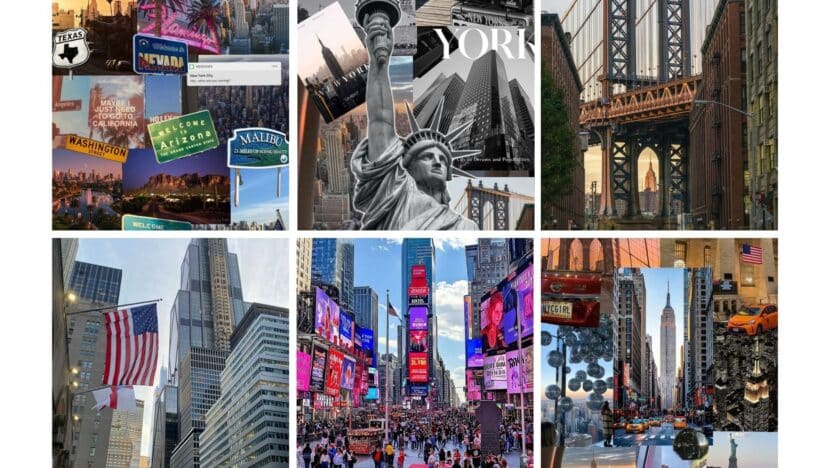Traveling across the United States in 2025 doesn’t have to drain your savings. With the right planning, you can explore iconic cities, national parks, and hidden gems without overspending. You can travel the USA on a budget by choosing affordable transportation, staying in budget-friendly accommodations, and taking advantage of free or low-cost attractions.
You’ll find that small adjustments—like booking flights early, using discount travel apps, or opting for public transit—can make a big difference. Affordable lodging options range from hostels and motels to short-term rentals, and many destinations offer free cultural sites, outdoor activities, and seasonal promotions.
Eating smart also helps you stretch your budget. Skip pricey tourist restaurants and try local diners, food trucks, or grocery store meals. By combining these strategies, you can create an affordable trip that still feels full of adventure.

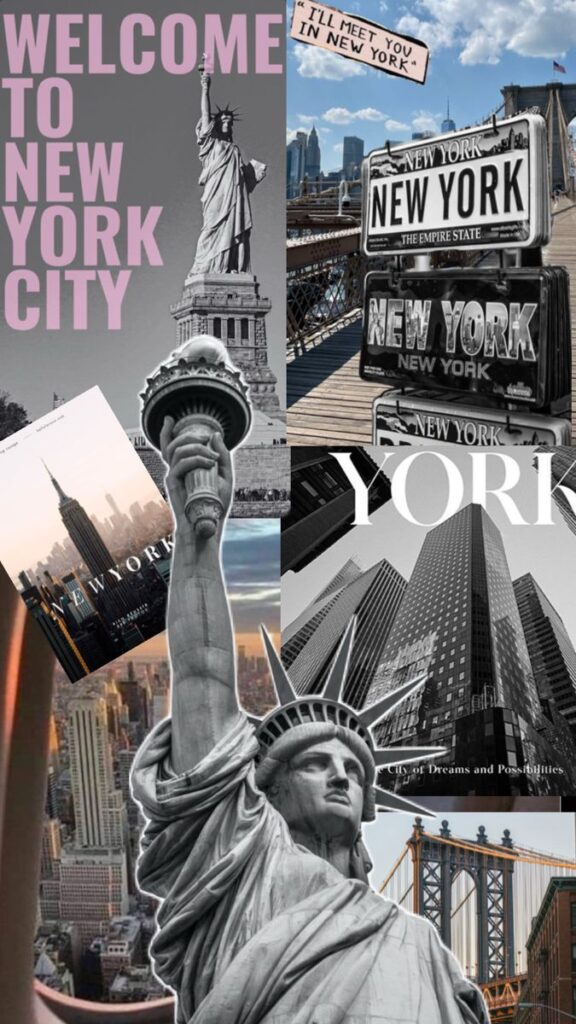

Key Takeaways
- Careful planning makes budget travel across the USA possible
- Affordable stays and meals help stretch your travel funds
- Smart transport choices and free attractions cut costs further
Essential Planning for Budget Travel in the USA
You can stretch your travel funds further by focusing on the biggest costs first—lodging, flights, and transportation. Careful planning around when you travel, how you book, and what tools you use will have the greatest impact on your budget.
Setting a Realistic Travel Budget
Start by listing your main expenses: flights, accommodation, food, transportation, and activities. Daily costs vary widely depending on the city, so research average prices for your destinations. For example, New York or San Francisco will cost more than smaller cities or rural areas.
Include hidden costs like lodging taxes, parking fees, or resort charges. These often aren’t included in advertised prices. Setting aside 10–15% of your budget for unexpected expenses gives you flexibility.
Use free tools like budget templates or travel apps to track spending before and during your trip. Apps that categorize expenses help you see where your money goes and keep you on track.
Choosing the Best Time to Visit
Traveling during shoulder seasons—spring (April–May) and fall (September–October)—usually means lower prices on hotels and flights. Weather is still pleasant in most regions, and you’ll avoid peak summer crowds.
If you’re flexible, you can also save by avoiding public holidays, festivals, and school breaks when demand spikes. For example, visiting Florida in late September is cheaper than during winter when tourists flock to warmer climates.
Check airfare calendars on platforms like Skyscanner to compare prices across months. These tools highlight the cheapest days to fly, helping you adjust your travel dates for maximum savings.
Booking Affordable Flights and Transportation
Flight prices in the USA vary daily, so use comparison sites like Skyscanner to monitor trends and set price alerts. Booking 6–8 weeks ahead often secures better deals, especially for domestic routes.
For ground travel, consider alternatives to flying. Apps like Rome2Rio show bus, train, and carpool options, often at much lower costs than short flights. Long-distance buses such as Greyhound or Megabus can be significantly cheaper.
If you need a rental car, compare rates early and check for extra charges like insurance or drop-off fees. In cities, relying on public transportation or rideshare apps can save you money compared to daily car rentals.

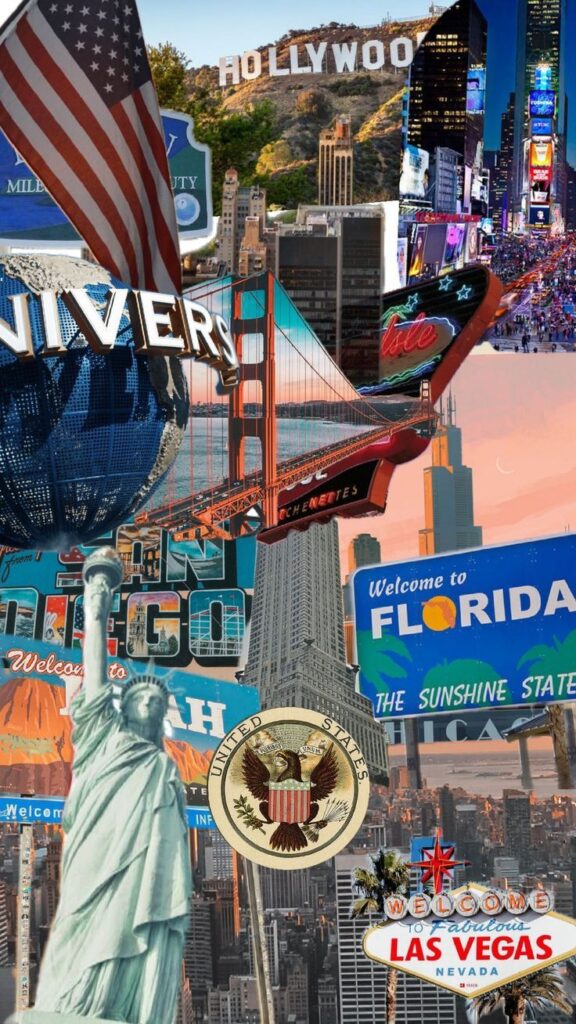

Affordable Accommodation Options Across America
You can keep lodging costs low in the USA by choosing hostels, staying with locals through community platforms, or finding discounts on budget hotels. Each option has its own benefits, from social interaction to added comfort, and knowing how to book smartly can stretch your travel budget further.
Finding and Booking Hostels
Hostels remain one of the most affordable ways to stay in major U.S. cities. You’ll find dorm-style rooms with shared facilities, but many also offer private rooms at a lower rate than hotels. Amenities often include free Wi-Fi, communal kitchens, and laundry facilities.
When booking, compare prices on platforms like Hostelworld, Booking.com, or even directly on hostel websites. Reviews matter, so check ratings for cleanliness, safety, and location.
To save more, consider hostels outside of downtown areas. Public transportation in cities like New York, Chicago, and San Francisco makes it easy to get around, so staying a few stops away can cut nightly costs significantly.
Some hostels also run free walking tours or social events, giving you a chance to meet other travelers without spending extra money.
Exploring Couchsurfing and Alternative Stays
Couchsurfing connects you with locals who offer free places to stay, often a spare couch or guest room. While it’s cost-free, it’s more about cultural exchange than just accommodation. You’ll get insight into local neighborhoods and sometimes even tips on hidden attractions.
Safety is important, so always check host profiles, read reviews, and communicate clearly before confirming a stay. The Couchsurfing platform allows you to verify your identity, which adds credibility.
Beyond Couchsurfing, you can explore house-sitting opportunities. Websites like TrustedHousesitters let you stay in someone’s home while caring for pets or plants. This option works best if you have flexible travel dates and don’t mind some responsibility.
Another alternative is short-term rentals through Airbnb, where you can often find private rooms for less than hotel rates, especially in smaller towns or off-season.
Using Deals and Discounts for Budget Accommodation
Discount platforms can help you book hotels and motels at lower prices. Websites like Groupon often feature deals on budget hotels, especially in mid-sized cities or less touristy areas.
You can also use loyalty programs from chains like Motel 6, Super 8, or Red Roof Inn. These budget-friendly hotels provide basics like free breakfast, Wi-Fi, or parking, which can save you money during your trip.
Booking early usually means lower rates, but last-minute apps like HotelTonight can also score you a cheap room if you’re flexible. Compare both strategies depending on your travel style.
For longer stays, extended-stay hotels often include kitchenettes, letting you cook meals instead of eating out. This small adjustment can cut daily costs significantly.

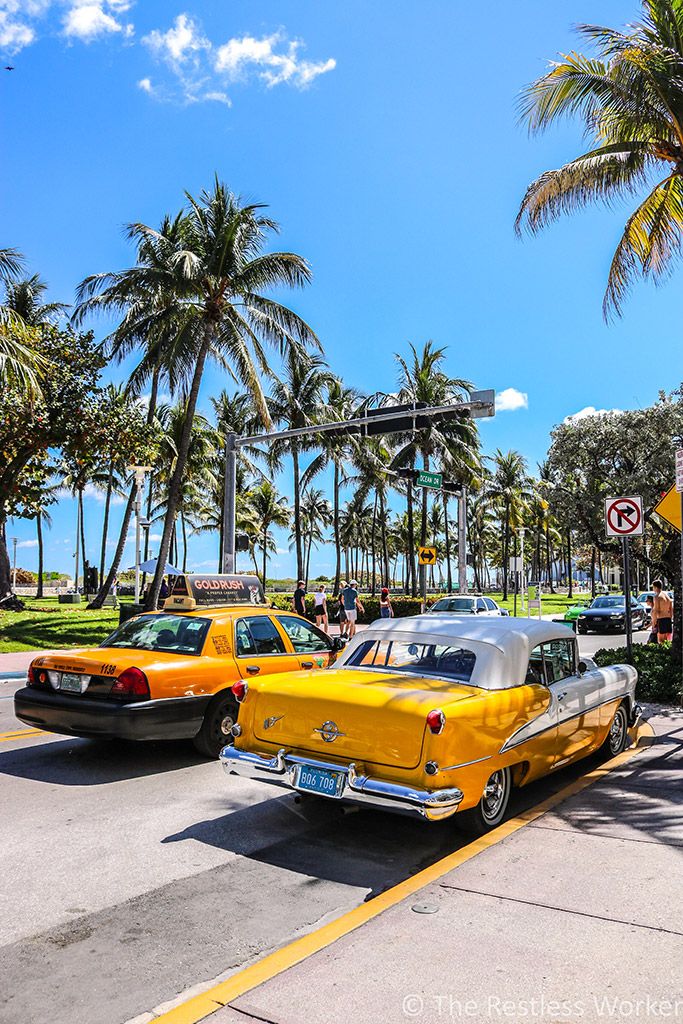
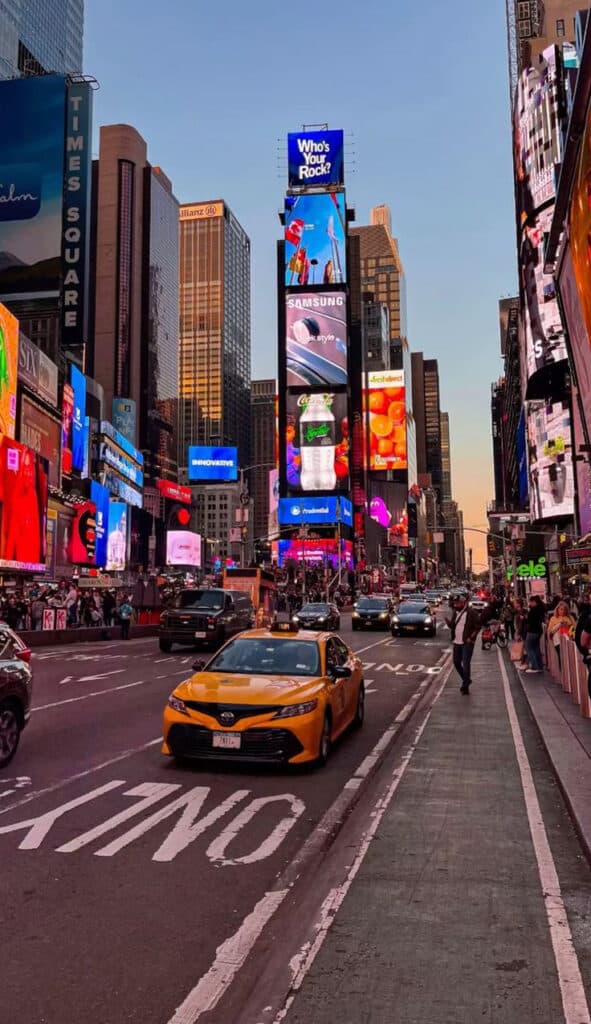
Saving Money on Attractions, Food, and Activities
You can cut costs without cutting experiences by focusing on free sights, smarter dining choices, and digital tools that give you discounts. Small adjustments in how you plan your activities and meals can make a noticeable difference in your daily spending.
Discovering Free Attractions and Experiences
Many U.S. cities offer free attractions that let you enjoy culture and history without spending. Museums often have free admission days, and public art installations or walking tours are available in most major destinations.
National parks sometimes waive entrance fees on specific holidays, giving you access to trails, wildlife, and scenic views at no cost. City parks, waterfronts, and historic districts are also great spots for exploring without paying.
Check local tourism websites for free events like outdoor concerts, street fairs, or farmers markets. These experiences not only save money but also give you a more authentic sense of the community.
Eating Well on a Budget
Food costs can add up quickly, but you can eat well without overspending. Grocery stores and local markets let you buy fresh items for picnics or quick meals, which helps reduce the need for daily restaurant visits.
Many cities have affordable food trucks and casual eateries that serve generous portions at lower prices than sit-down restaurants. Lunch specials are often cheaper than dinner menus, so plan your main meal earlier in the day.
If you want to try restaurants, use discount platforms like Groupon to find deals. Sharing plates or ordering appetizers instead of full entrees can also stretch your budget while still letting you sample local flavors.
Maximizing Savings with Travel Apps
Travel apps help you track expenses, find discounts, and locate budget-friendly activities. Apps like Groupon or LivingSocial highlight local deals on attractions, dining, and tours. You can often save 30–50% on activities you might already plan to do.
Navigation apps like Google Maps show free walking routes and public transit options, which can cut transportation costs. Some city-specific apps also list free events and museum admission times.
Using a combination of booking apps and discount platforms lets you compare prices quickly. By checking reviews and offers in one place, you avoid overspending and make more informed choices during your trip.

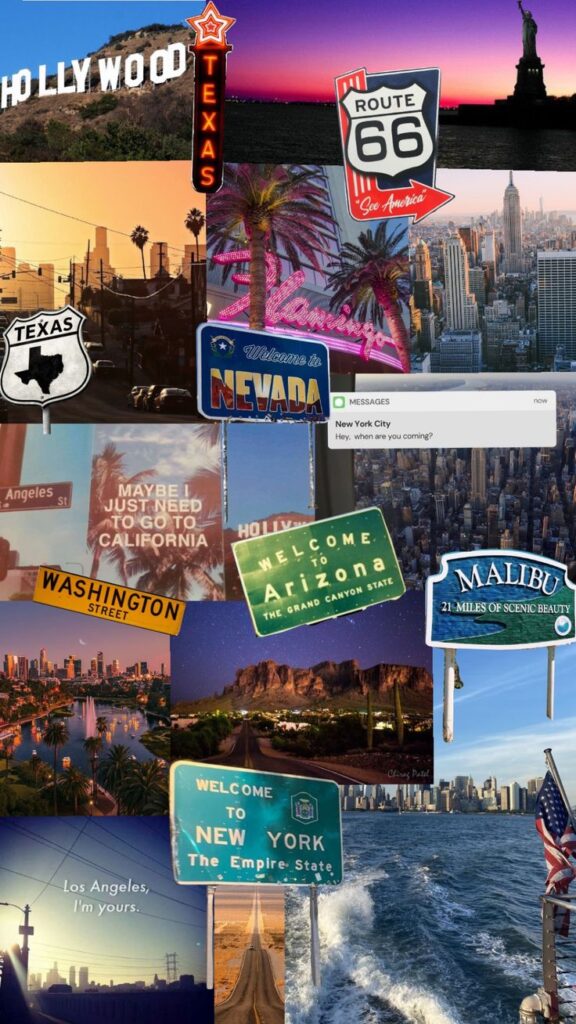

Smart Transportation Strategies Within the USA
Saving money on transportation in the United States often comes down to choosing the right mix of local transit, budget-friendly intercity options, and smart use of travel apps. With a little planning, you can cut costs while still moving around efficiently.
Navigating Cities on a Budget
Public transit is usually the cheapest way to get around major cities. Subways in New York, buses in Los Angeles, and light rail in cities like Portland or Denver give you affordable access to most neighborhoods. Many systems also offer day passes or weekly passes that lower costs if you plan to ride frequently.
Walking and biking can also save money while helping you see more of the city. Many places now have bike-share and scooter-share programs, which often cost only a few dollars per ride. Apps like Transit or Citymapper help you track schedules, find the fastest routes, and compare prices across options.
If you need a ride late at night, rideshare pooling through Uber or Lyft can be cheaper than a solo ride. Some airports and hotels also provide free or low-cost shuttle services, which can help you avoid expensive taxi fares.
Intercity Travel Tips and Hacks
For longer distances, budget buses such as Greyhound, Megabus, and FlixBus remain some of the least expensive ways to travel. They cover many routes between major cities and often offer fares under $20 if you book early. Trains through Amtrak can be pricier, but advance tickets and regional passes sometimes bring the cost down.
If you prefer flying, use tools like Google Flights or Skyscanner to compare fares. Booking midweek and avoiding peak travel times usually lowers prices. Low-cost airlines such as Spirit or Frontier can be economical, but always check baggage fees before purchasing.
Apps like Rome2Rio make it easier to compare bus, train, and flight options in one place. This helps you see the cheapest and fastest routes side by side. Combining different modes—like taking a bus to a nearby airport with cheaper flights—can also reduce expenses.
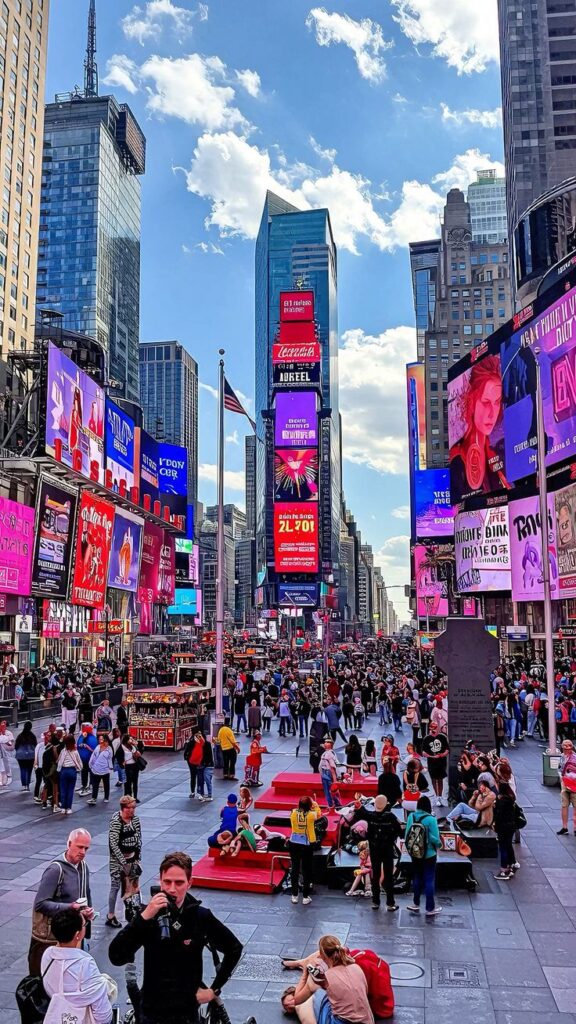


Frequently Asked Questions
You can stretch your travel budget in the USA by making smart choices about where you stay, what you eat, how you get around, and which attractions you visit. Small adjustments in planning often lead to significant savings without cutting out memorable experiences.
What are some budget-friendly accommodation options for long-term travel in the USA?
You can save money by staying in hostels, budget motels, or campgrounds. Extended-stay hotels often provide discounts for weekly or monthly bookings. Renting vacation apartments or using platforms like Airbnb can also cut costs, especially if you share with friends.
How can I save money on food while road tripping across the USA?
Stock up on groceries at supermarkets instead of eating out for every meal. Many travelers prepare simple meals with a cooler or portable stove. Choosing diners, food trucks, or local markets can also keep food costs lower than chain restaurants.
What are the best ways to find inexpensive attractions while traveling in the USA?
Look for free city walking tours, public parks, and museums with no admission fees on certain days. National and state parks often provide affordable outdoor activities. Downloading travel apps or checking local tourism websites can help you discover free events and local festivals.
Can you suggest some cost-effective transportation methods for a multi-week journey through the USA?
If you’re traveling long distances, buses like Greyhound or Megabus are usually cheaper than flights. Renting a car can be cost-effective if you split expenses with others. In cities, public transit passes or bike-share programs often cost less than rideshares or taxis.
What tips do you have for planning a budget-friendly one-week USA road trip itinerary?
Pick a region with clustered attractions to reduce driving time and fuel costs. Book accommodations in advance to avoid last-minute price hikes. Mix free outdoor activities like hiking with a few low-cost attractions to balance your daily spending.
Are there any passes or discounts for travelers exploring the USA for an extended period?
The America the Beautiful Pass gives you access to more than 2,000 federal recreation sites, including all national parks, for one annual fee. Some cities offer multi-attraction passes that bundle museums, tours, and public transport at a reduced price. Student, senior, or military discounts are also widely available.


